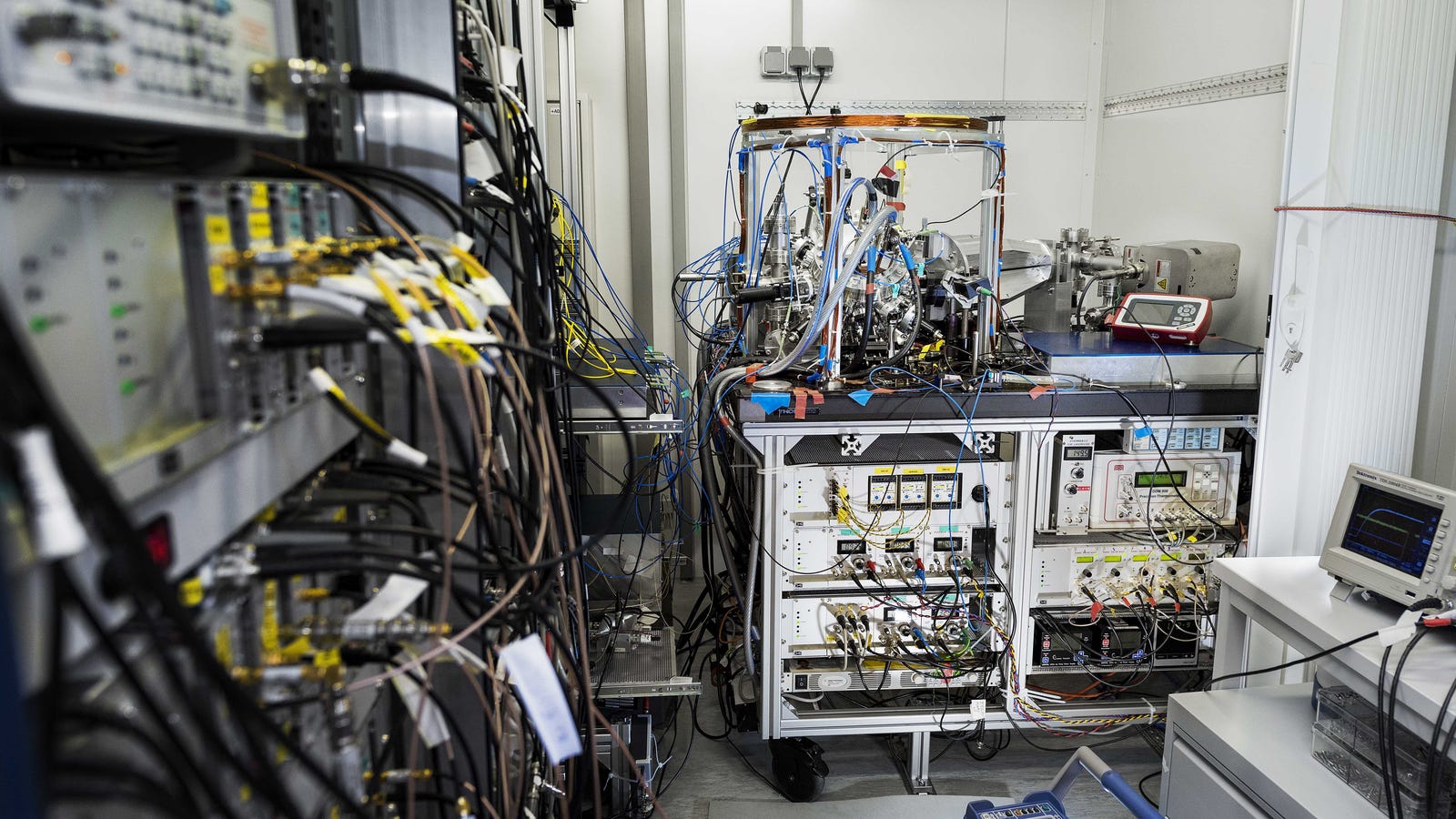


At the end of the program, synchronization between stationary, mobile, and airborne clocks will be demonstrated with timing precision sufficient for 100 GHz distributed coherence. This transportable clock should be able to provide GPS-equivalent, nanosecond precision for 30 days in the absence of GPS. the second phase focusing on building a larger but still transportable optical clock with unprecedented holdover performance.It will be capable of providing picosecond accuracy for 100 seconds, along with being able to withstand temperature, acceleration, and vibrational noise for use onboard aircraft, vehicles, and satellites and
#ROCKN AIMS TO ATOMIC CLOCKS PORTABLE PORTABLE#
the development of a robust, high-precision, small, portable optical clock that can fit on a fighter jet or satellite.ROCkN consists of two-year phases, taking place over four years: ROCkN expects to replace GPS atomic clocks with practical, super-accurate optical atomic clocks with low size, weight, and power (SWaP) that can be used outside of the laboratory evironment. DARPA has launched its Robust Optical Clock Network (ROCkN) program with the aim of creating optical atomic clocks to improve time synchronization.


 0 kommentar(er)
0 kommentar(er)
